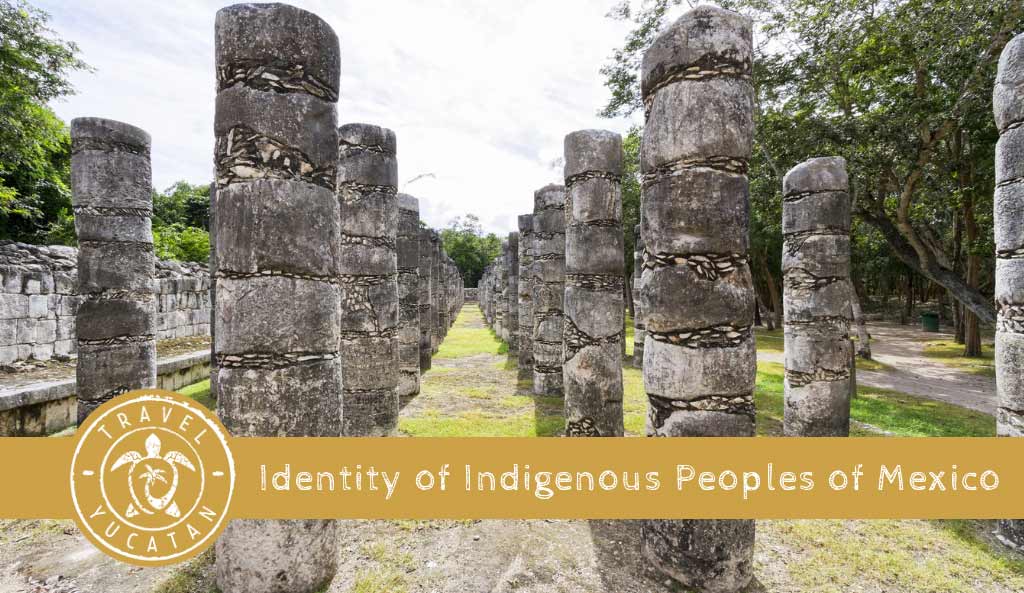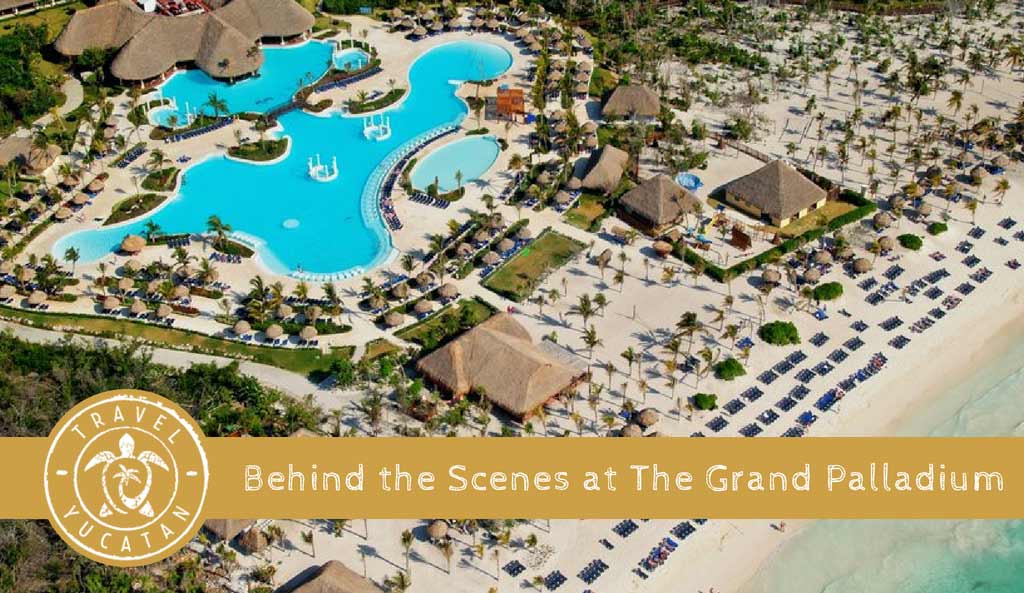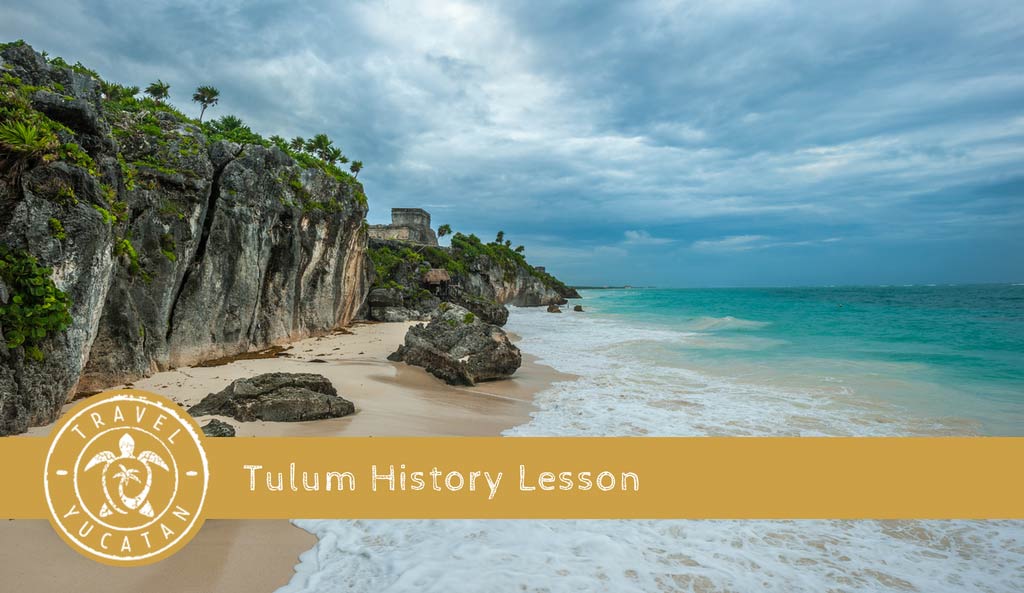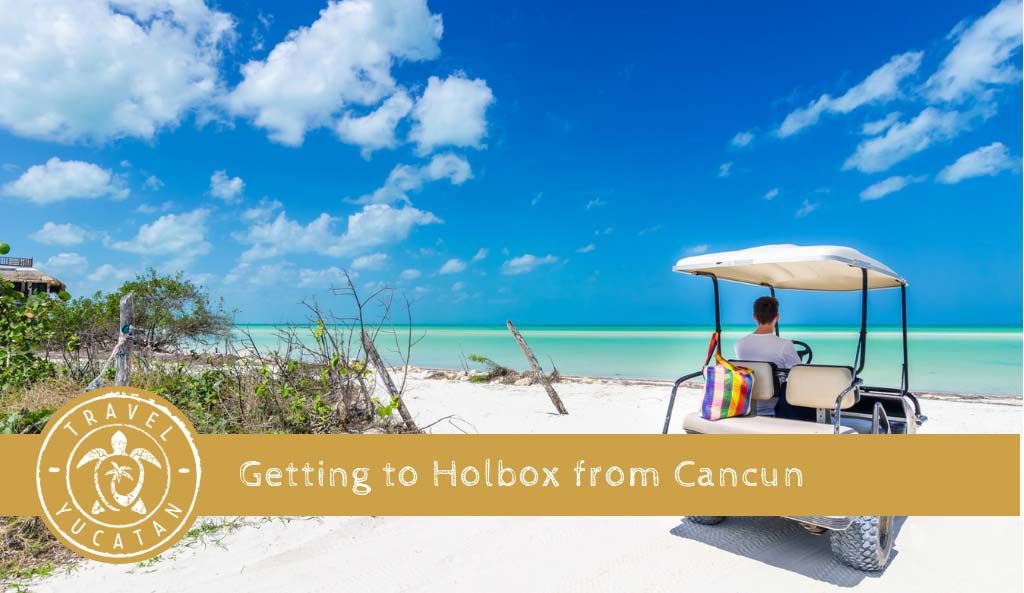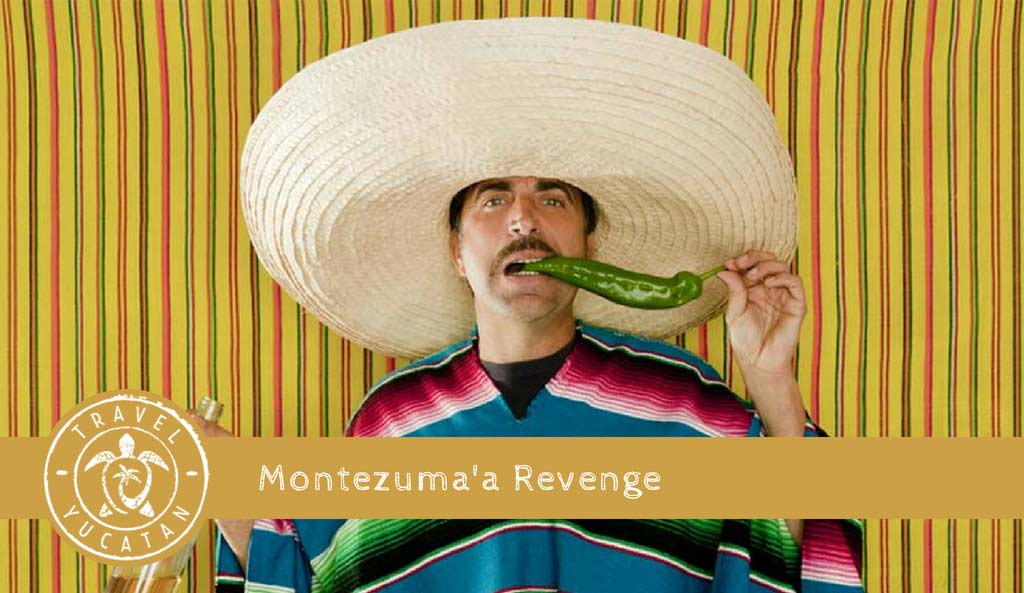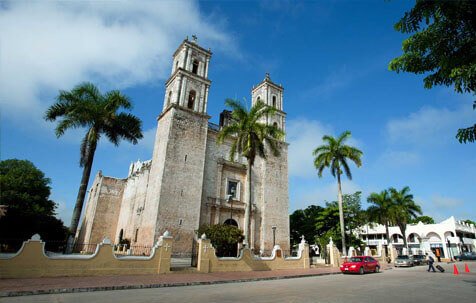 1. Ethnic identity and definition has changed since colonial times, yet indigenous cultural norms and forms have persisted without assimilation from the non-indigenous Mexican culture. This ethnic identity is manifested in forms of communal life, oral communication in native languages, highly specific relationships to nature and territories reflected in their cosmology, and a wealth of medicinal and other traditional knowledge. These cultural aspects are all tightly linked to the functioning of traditional social and political institutions.
1. Ethnic identity and definition has changed since colonial times, yet indigenous cultural norms and forms have persisted without assimilation from the non-indigenous Mexican culture. This ethnic identity is manifested in forms of communal life, oral communication in native languages, highly specific relationships to nature and territories reflected in their cosmology, and a wealth of medicinal and other traditional knowledge. These cultural aspects are all tightly linked to the functioning of traditional social and political institutions.
2. Language and linguistic symbols illustrate the particular worldviews and philosophy of the indigenous groups. These worldviews structure perceptions and behavior about the conduct of human relations, both among men, groups, and between man and nature. Indigenous worldviews in Mexico are permeated with a sense of profound mysticism and religiosity, which involves and encompasses all the institutions of indigenous society: the family, religious feasts, governance, and productive relations.
3. As in pre-colonial times, the indigenous peoples continue to attribute special gifts of knowledge to their priests and shamans. They are the link between the community and the deities and make sacred all the activities of the community. The priests and shamans communicate with their ancestral deities through the system of religious symbols that have incorporated Christian forms in a highly syncretistic manner that hides the indigenous peoples unique cosmogony under a layer of Christianity.
4. The failure of the rest of Mexican society to recognize that the indigenous identity and world view is different has led to the exclusion of the indigenous worldview from development-related activities that substitute the existing cosmogony instead of enhancing or developing it. Most development projects implemented in, or directed towards indigenous regions fail for this reason. A complicating factor is that the combination of traditional and modern elements in contemporary indigenous life gives the appearance of an assimilation that is in reality untrue. While the “modern” inexorably enters into the life of the indigenous communities, a sub-stratum of traditional forms of behavior and beliefs enable these communities to share the benefits of development while retaining them to retain their own identity.
Indigenous Languages
5. The core of indigenous identity is language. It is the vehicle of communication between the members of a community and shared by others of the same ethnic background. The indigenous peoples self-define themselves in terms of their native languages, which in turn, ascribe them to particular ethnic groups. All the indigenous groups have names given to them by other groups as well as their own names for their group identification. The commonly described group names and their self-given names and their meaning in local languages are shown in the following table.
Table 4.1 Toponymy
| Common Group Name | Self-given Name | Meaning |
| 1. Tojolabales | Tojolwinikiotik | Legitimate or true men |
| 2. Tarascos | Purépechas | Person or people |
| 3. Chichimeca, Jonaz | Ézar | Indios |
| 4. Triquis | Tinujei | My brother |
| 5. Zoque | O�depüt | People of the Language |
| 6. Popoluca | Homshuk | God of Corn |
| 7. Tzeltales | Winik atel | Working Men |
| 8. Tzotziles | Batsil winikiotik | True Men |
| 9. Mochos | Mochos o Motozintlecos | ………. |
| 10. Huasteco | Teenek | Those who live in the fields |
| 11. Nahua | Macehuale | Campesino |
| 12. Otomí | Hña hñu | Otomí speakers |
| 13. Huicholes | Wirrárika | The People |
| 14. Kikapú | Kikaapoa | Those who walk the earth |
| 15. Mazahuas | Mazahuas | Where there iare deer |
| 16. Mazatecos | Ha shuta enima | People of Custom |
| 17. Mayas | Mayá | Name of the Territory |
| 18. Matlazincas | Matlazinca | Those who make nets |
| 19. Mayos | Yoremes | The people of the Shore |
| 20. Mixes | Ayuuk | The People |
| 21 Chinantecos | Tsa ju jmí | People of the Old Word |
| 22. Chatinos | Kitse chaitnio | Work of the Words |
| 23. Coras | Nayeri | |
| 24. Huaves | Mero ikooc | The True Us |
| 25. Seris | Kon kaak | The People |
| 26. Tarahumara | Rarámuri | Runners on Foot |
| 27. Tepehuanes | Odámi | People |
| 28. Zapotecos Istmo | Binnzá | People who come from the Clouds |
| 29. Zapotecos de Valles | Benizaa | People of the Clouds |
| 30. Zapotecos Sierra Norte | Bene xon | People of the Clouds |
| 31. Totonacos | Totonacos | Man of the Hot Country |
| 32. Tlapanecos | Meiphaa | He who is Painted |
| 33. Chochos | Runixa ngiigua | Those who speak The Language |
| 34. Choles | Winik | Men or Milperos |
| 35. Yaquis | Yoremes | Man |
| 36. Amuzgos | Tzjon non | People of the textiles |
| 37. Chontales de Oaxaca | Slijuala xanuci | Inhabitants of the Mountains |
| 38. Chontales de Tabasco | Yokoti anob | The Yoko Speaking People |
| 39. Guaríjios | Macurawe | Those who Roam the Earth |
| 40. Mames | Mam | Father, Grandfather or Ancestors |
| 41. Pimas | Oiob | The People |
| 42. Pápagos | Thono oiotham | People of the Desert |
| 43. Pames | Xiiúi | Indigenous |
| 44. Mixtecos | Ñuu savi | People of the Rin |
| 45. Lacandon | Hach Winik | True Men |
| 46. Kumiai | Kumiai | |
| 47. Cucapa | Cucapa | |
| 48. Paipai | Akwaiala | |
| 49. Cochimi | ||
| 50. Kiliwa | ||
| 51. Ocuilteco | ||
| 52. Popolocas | ||
| 53. Ixcatecos | ||
| 54. Chuj | ||
| 55. Jacaltecos | ||
| 56. Tepehua |
6. The indigenous languages of Mexico are classified according to different linguistic groups, branches, families and sub-families. For the purposes of development, it is important to consider these means of communication as vehicles for social and cultural change through the medium of formal education, adult education, and development projects. The indigenous languages of Mexico share characteristics with other languages in the world and in some aspects they are also unique. Spanish, the national language, also shows regional variants, which have been influenced by the vernacular native languages. The belief that the poverty and underdevelopment of the indigenous population is due to their lack of the conceptual ability to learn Spanish is a widely shared prejudice even though all the languages in the world have phonetics, structure, and lexicon, including all the native languages of Mexico.
Table 4.2 Classification of Mexican Languages According to Swadesh and Arana (1962-1964)
| Group | Branch | Family | Sub-Family | Language |
| Joca-Meridional | Yumapacua | Paipai | ||
| Cochimí | ||||
| Kiliwa | ||||
| Cucapa | ||||
| Seri | ||||
| Tequistlateco | ||||
| Tlapaneco | Tlapaneca | Tlapaneco | ||
| Otomangue | Otopame | Pame-Jonaz | Pame | |
| Jonas | ||||
| Otomí-Mazahua | Otomí | |||
| Mazahua | ||||
| Matlatzinca | Matlatzinca | |||
| Ocuilteco | ||||
| Savizaa | Mazateco-Popoloca | Mazateco | ||
| Popoloca | ||||
| Ixcateco | ||||
| Chocho | ||||
| Mixteca | Mixteco | |||
| Cuicateco | ||||
| Trique | ||||
| Amuzgo | ||||
| Zapoteca | Chatino | |||
| Zapoteco | ||||
| Chinanteco | Chinanteca | Chinanteco | ||
| Huave | Huave | |||
| Nahua-Cuitlateco | Yutonahua | Pima-Cora | Pápago | |
| Pima Alto | ||||
| Pima Bajo | ||||
| Tepehuán | ||||
| Yaqui | ||||
| Mayo | ||||
| Tarahumara | ||||
| Guarijío | ||||
| Cora | ||||
| Huichol | ||||
| Nahua | Nahua | |||
| Maya-Totonaco | Mayense | Mayense | Yaxu | Huaxteco |
| Yax | Maya Peninsular | |||
| Lacandón | ||||
| Chontal (Tab.) | ||||
| Chol | ||||
| Tzeltal | ||||
| Tzotzil | ||||
| Tojolabal | ||||
| Chuj | ||||
| Jacalteco | ||||
| Chax | Mame | |||
| Motozintleco | ||||
| Ixil | ||||
| Rax | Quiché | |||
| Quekchí | ||||
| Mixeano | Mixeana | Mixe-Popoluca | MixePopoluca | |
| Zoque | Zoque | |||
| Totonaco | Totonaco | Totonaco | ||
| Tepehua | ||||
| Purépecha | Purépecha | |||
| Kikapú | ||||
| Others |
Political and Religious Systems of Organization
7. The political and religious systems constitute the basis of social organization of contemporary indigenous communities. The system is established by the organization of religious cults in which all families of a community partake annually. Each year a different group of men is charged with the execution of religious functions and offices: the purchase of candles, the food, drink, incense, fireworks, and associated expenditures. From the indigenous perspective, these religious events are mechanisms that balance social and economic differences within the community. In other words, there is a tradeoff where a diminution in family held savings is exchanged for prestige in the eyes of the community. Each time an individual has a turn in the execution of these functions he adds to his prestige until, at an old age, he becomes a respected member of the community and forms a part of the council of elders. At the end of a period as a religious sponsor, the individual will be called upon to serve free of charge, as a civil servant and official of the community.
8. The traditional community authorities are in charge of the distribution of land plots, conflict resolution over land disputes, and investigation of thefts, keepers of the peace, and intermediaries with other forms of state government. A man generally does not seek to become a public official on his own initiative, or to use this role for personal gain. Power is given to him by the common assembly and transmitted from time to time to a new group. Local traditional authorities work full time without salary. They continue to be members of the wider community and as such participate in its rites and ceremonies, as well as in other community relations based on kinship or clientage.
9. While the public authorities, be they mayors or councilmen, must be aware of the mandates emanating from the state or federal government, the intrusion of these governmental institutions is a potential source of conflict within the community. It is in such cases that the cohesion of the people and of the community around their traditional authorities serves to attenuate the transforming impacts of outside influences. The indigenous community can be said to be able to maintain itself to the degree that it can exclude or dilute the presence of external agents.
Religion
10. Religious practices are generally linked to the agricultural cycle. Feasts are celebrated at the time of planting and harvesting of maize, to ask for help and to show gratitude to the divinities associated with the critical natural elements: the rain, sun, moon, earth, etc. The process of colonization substituted these divinities with images of Catholicism and imposed their celebration within the church precinct. Hence the origin of religious feasts such as the Virgin of the Candelaria, Saint Peter and Paul, Saint Francis, etc. Each community or indigenous settlement has a patron saint that is venerated in a ceremony shared by the entire community. A group of people called mayordomos or cargueros assume the responsibility of the expenses as part of their contribution to the system of cargos.
11. The ensemble of these religious practices is intimately linked to indigenous esthetics and artistic forms. The traditional fiesta, with its processions, incense, fireworks, multitudes, and color, is not simply a manifestation of the prestige and economic equilibrium, but is also the recreation of a magic mythic moment and expression of the social relations when men and women, transcending the reality of their daily lives, advance in procession and enter the religious space of the church.
12. This institution, the fiesta, is perhaps the most important mechanism in the maintenance of indigenous identity; yet it has had to adapt itself to the precarious economic resources available within the contemporary indigenous communities. The expenses, which formerly were assumed by a single individual, are today often shared by a greater number of persons. Migrants who have savings, or a measure of economic success contribute to their fiestas� expenses and return to their communities of origin to partake in them.
13. In the last decade there has been an influx of new religious ideologies into indigenous communities. These are new groups affiliated with the Theology of Liberation movement, and with Protestant sects. These influences have resulted in social changes that have had repercussions in all spheres of activities. Affiliates of Protestant religions do not consume alcohol or tobacco, and have ceased to be participants in the religious festivities. The Theology of Liberation is a religious organization which, although forming part of the Catholic Church, tends to promote change in some of the traditional religious observances and practices, such as the consumption of alcohol in religious functions.
In spite of the changes introduced into the indigenous communities, their ethnic identity continues to be expressed most concretely in the celebration of feasts and religious ceremonies. These are acts that reinforce ethnic identity. The celebration of the fiesta and religious practices associated with it are the manifestation the existence of complex social institutions, service to the community, prestige-gathering mechanism within a religious-political system, and has a mystic value to the participation in these ceremonies.
The Family and Kinship Relations
14. Kinship is the basis of the social organization, and the family the basic unit of social action. The decisions concerning political, economic and religious issues are made within the family. Single individuals whether male or female, have no official status in the community. A woman who is single by virtue of divorce or widowhood must be married to validate her status as other women.
15. Within the family, labor is organized by gender. The man is in charge of the arduous tasks in the fields, and of house construction. The woman is in charge of home maintenance, childcare, home gardens, small livestock, pottery making, meal preparation, and sewing clothes for the family. Indigenous families generally do not have the accumulation of capital nor participation in the market economy as primary goals. Subsistence is the main goal, as is their participation in the social life of the community with its associated politico-social rank system that confers prestige. The family unit works in order to subsist and any surplus is accumulated in order to be patrons to religious feasts and thus to acquire prestige.
16. The indigenous community requires land for its survival and reproduction, and will defend its territory against those who would prey on it. This is done with the aid of two basic rules: marriage within the community (endogamous) and prohibition to sell lands to those not of the community. Each head of household and the young must also participate in community service and related labor activities, called tequio, faena, etc. This is one of the institutions, which most defines the indigenous concept of social life. This contribution in the form of labor for community services is collectively sanctioned, analogous to the payment of taxes; as such it is an expression of the community�s solidarity which is articulated without difficulty to realize public works such as roads, schools, potable water delivery systems, street pavement, and construction of health centers.
Future Perspectives
17. The existence of all these cultural manifestations and forms of indigenous social organization cannot guarantee the survival of cultural and ethnic identity. However, the fact that these traditional means of production, community based systems of government, and communal ceremonies, have persisted for over 500 years are an indication of the capacity to adapt and survive. Today, the indigenous peoples in Mexico face the same challenges as in the past: marginalization, inequality, violence and exploitation. They must face these challenges while maintaining their identities and cultural heritage. For the agencies in charge of development projects the challenge is to work to reduce the factors accounting for the poverty and social injustice in the indigenous communities and to include the ethnic dimension into their actions to realize true future development of these peoples
Instituto de Ecologia, UNAM
